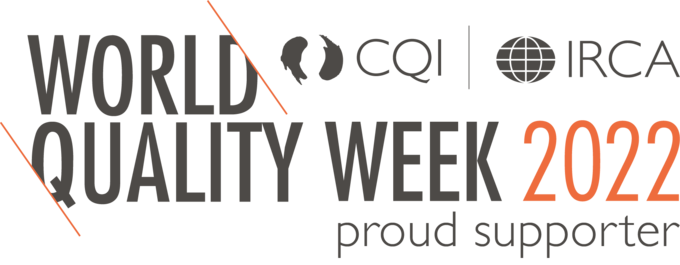July has been a busy month with plenty of updates from PIC/S.
At the beginning of July 2021, PIC/S published the guidance on ‘Good Practices for Data Management and Integrity in regulated GMP/GDP environments’ (PI 041-1) following three drafts, the last being in November 2018.
It is understood that at the same time two aide memoires were also published for regulatory inspectors only – one generally on the ‘Inspection of Data Management and Integrity’ and one on the specifics for chromatographic data systems.
Later in the month (on 15 July), PIC/S published the recommendation on ‘How to Evaluate and Demonstrate the Effectiveness of a Pharmaceutical Quality System in relation to Risk-based Change Management’ (PI 054-1) and ‘COVID-19 RISK ASSESSMENT FOR NATIONAL ROUTINE ON-SITE INSPECTIONS’ (PI 055-1).
(PI 054-1) “… provides practical guidance for GMP inspectors when seeking to evaluate the effectiveness of a company’s pharmaceutical quality system (PQS) in relation to risk-based change management. It covers all relevant steps in the change management process – change proposal, change assessment, change planning and implementation, change review and effectiveness checks. It indicates within each step the aspects that render the PQS to be effective in that area.”
Given this, it makes sense for you to use it to assess your own change management process before your next inspector does so!
The Purpose section provides some useful reminders of the GMP requirements for an effective PQS incorporating GMP and Quality Risk Management (QRM) generally and for a change management system in particular. It also notes that QRM is a key element of ICH Q10 and that a mature risk-based change management within an effective PQS is essential to enable greater regulatory flexibility in the reporting of post-approval changes under ICH Q12.
The checklist component of the document takes up just over three pages and follows the change management lifecycle:
• Proposals (determination of when a change is needed, including a non-limited list of common lifecycle factors that trigger change);
• Risk Assessments;
• Planning and Implementation;
• Review and Effectiveness:
o Prior to change closure;
o Prior to or after change closure, including closure of any post-implementation actions.
The checklist is worth working through in detail, but a few highlights include:
- Clear documentation is required throughout.
- The various possible impacts of changes need to be assessed.
- The planning and implementation should include potential risks with the current state (until changes are implemented) and any risks that might be temporarily introduced during the change process.
- Situations where proposed changes are not implemented also need to be covered.
In line with ICH Q9, there is allowance for the level of risk associated with a change to drive the formality and complexity of the documentation. Consideration of current process knowledge and the product/facility lifecycle is flagged. “At a minimum, changes should maintain or improve product quality and/or patient safety, and should not increase process variability.” The data needed to demonstrate effective implementation of the change should be pre-defined in change planning and confirmed on review.
Regulatory filing implications need to be addressed.
Prepared by the PIC/S Working Group on Inspectors Safety, PI 055-1 is a risk assessment template intended to be used by inspectors, in conjunction with host sites, during the planning phase of announced GXP inspection of national sites.
It is expected that the site confirms that the necessary measures identified in the risk assessment will be implemented.
It is also noted that consideration should also be given to Covid testing of Inspectors pre and post inspection and that this may be requested by some sites. There should be two-way communication between inspectors and sites of any positive Covid test of involved personnel within the inspection window.
It is worth looking through all elements of this document and it would form a good template for any third-party audits you conduct, if you do not already have a risk assessment for these in place.
From a host site perspective, note that meeting rooms should be of an appropriate size to maintain social distancing with the number of hosts present within the same space and interacting directly with the inspector limited; if larger numbers of attendees are required then aim for participation via remote technology. Rooms should be well-ventilated, with working surfaces should be disinfected regularly.
“If any of the company personnel do not co-operate with the requests of social distancing and the additional current government guidelines or become uncooperative to the NCA personnel, the inspector will leave the site immediately”, which is clearly something to be avoided!
—————————————————————————-
PQG is the longest established of the CQI’s special interest groups, which for over 30 years has met the needs of quality professionals within the pharmaceutical industry.
To become a member, click here.
To receive notifications via e-mail, please subscribe.




